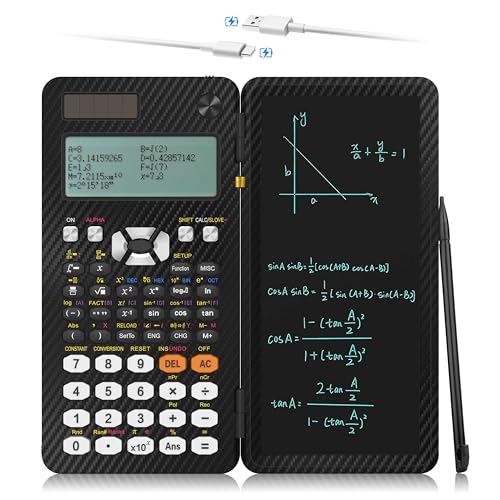You are using an out of date browser. It may not display this or other websites correctly.
You should upgrade or use an alternative browser.
You should upgrade or use an alternative browser.
MD&M practice problem of the week
- Thread starter Slay the P.E.
- Start date

Help Support Professional Engineer & PE Exam Forum:
This site may earn a commission from merchant affiliate
links, including eBay, Amazon, and others.
Slay the P.E.
Well-known member
Correct. For buckling, the Factor of Safety is Pcrit/P.I'm getting 2.0 for the SF on the buckling problem assuming it's within the Euler range. The safety factor I used was Pcrit/P.
Slay the P.E.
Well-known member
The critical load formula is derived by assuming that buckling will occur at that load, that is when P = Pcrit. Therefore, the factor of safety for buckling is defined as Pcrit/P. Try it this way.I am getting 2.5...can you someone help to how to do? Calculate the Euler stress and compare with Sy/2?
Slay the P.E.
Well-known member
Slay the P.E.
Well-known member
That is correct. The actual answer is 43.5 ft/sMost nearly D, 44 ft/sec. I had Vb=628in/sec and Vc/b=497 in/sec. Some trig happens and I'm left with 43.5 ft/sec.

$157.38
$175.00
Texas Instruments TI-Nspire CX II CAS Color Graphing Calculator with Student Software (PC/Mac)
Amazon.com

$14.96
$15.75
ENGINEER PZ-22 Gripping Pliers with Carbon Steel Serrated Teeth - Most Affordable ENGINEER Pliers for the DIY Guy
Trust Trading Store

$27.22
$43.99
Wheeler Engineering 45-Piece SAE/Metric Hex and Torx Key Set with Storage Case for Gunsmithing and Firearm Maintenance
Amazon.com
Here is a copy of the crank/slider solution if anyone is interested. I definitely wouldn't consider this to be a 6 minute problem. I had to do a fair amount of angle finding and then break up the vector equation into x/y components, being careful to keep things straight. Hopefully somebody else has a quicker solution.
I'd have to say this one is a "C" and I'd only go back to it if I had some time toward the end.

I'd have to say this one is a "C" and I'd only go back to it if I had some time toward the end.

Slay the P.E.
Well-known member
It might be a little quicker if you approach it by finding the instantaneous center of rotation for rod BC.Here is a copy of the crank/slider solution if anyone is interested. I definitely wouldn't consider this to be a 6 minute problem. I had to do a fair amount of angle finding and then break up the vector equation into x/y components, being careful to keep things straight. Hopefully somebody else has a quicker solution.
I'd have to say this one is a "C" and I'd only go back to it if I had some time toward the end.
View attachment 11954
The one liner equation for a crank slider problem can also be found in the reference book by Timothy Kennedy. Just got his book last week and its great. The equation is much simpler than the one above but it uses only x and y values instead of theta so you do have to do basic trig to figure out the different lengths.
Ahhh, that's a time saver for sure. I tried to get familiar with the IC method in the MERM, but it didn't really make sense to me so I moved on pretty quickly. Maybe if i have some extra time, i'll give it another shot.
Last edited by a moderator:
I got this from one of my friends' notes from his class. I also used to Timothy's book formula but I feel this is much easier.
I also like the IC method. In case the question is asking other parameters, we need to use MERM.
I also like the IC method. In case the question is asking other parameters, we need to use MERM.
Slay the P.E.
Well-known member
We won't be adding any more problems to the "practice problem of the week" threads. However, the threads are still here in the boards and are relevant, not just because of the problems themselves but also because of the lively discussion.
23and1
Project Engineer
- Joined
- Jan 10, 2019
- Messages
- 139
- Reaction score
- 47
Hey errrbody,Happy Thursday. Here's the problem of the week;
SPOILER ALERT: Try to solve it before scrolling down and reading the discussion.
View attachment 10959
So I've been crunching on this one over and over. What is it that I'm missing with the buckling check? I keep getting a FS of 2.66. Is there an eccentric component that I'm missing to the bending (MERM equation 53.14)? I've attached my work for reference (sorry if it seems a little disorganized...) Any help would be appreciated!
View attachment Buckling FS.pdf
Castaway81
Member
- Joined
- Dec 11, 2017
- Messages
- 6
- Reaction score
- 6
I solved for the reaction at B by taking the moment about A and got 7800 lbf. Then your FS is 1.99
Castaway81
Member
- Joined
- Dec 11, 2017
- Messages
- 6
- Reaction score
- 6
That's what it looks like to me. This would be the simple supported beam in the appendix where R=wl/2.
I should have used this rather than the moment equation which would have been a bit quicker.
I should have used this rather than the moment equation which would have been a bit quicker.
Similar threads
- Replies
- 0
- Views
- 762
- Replies
- 3
- Views
- 4K
- Replies
- 12
- Views
- 7K



















